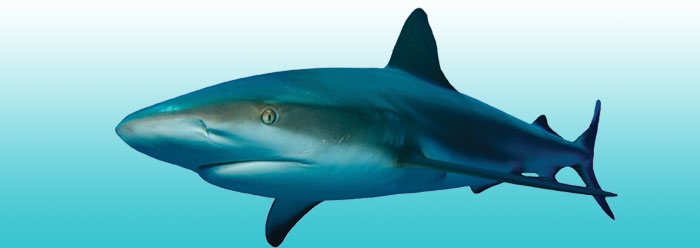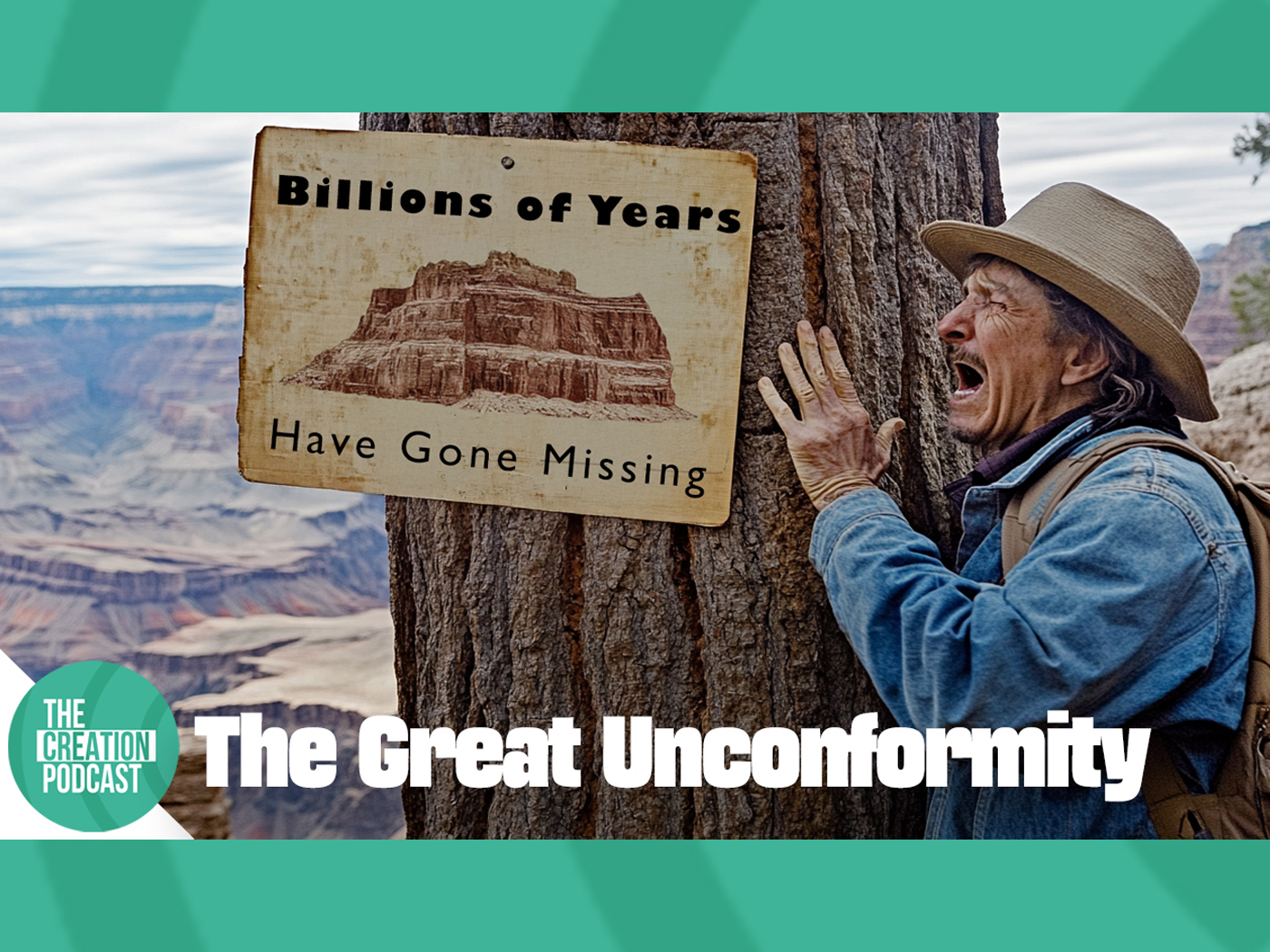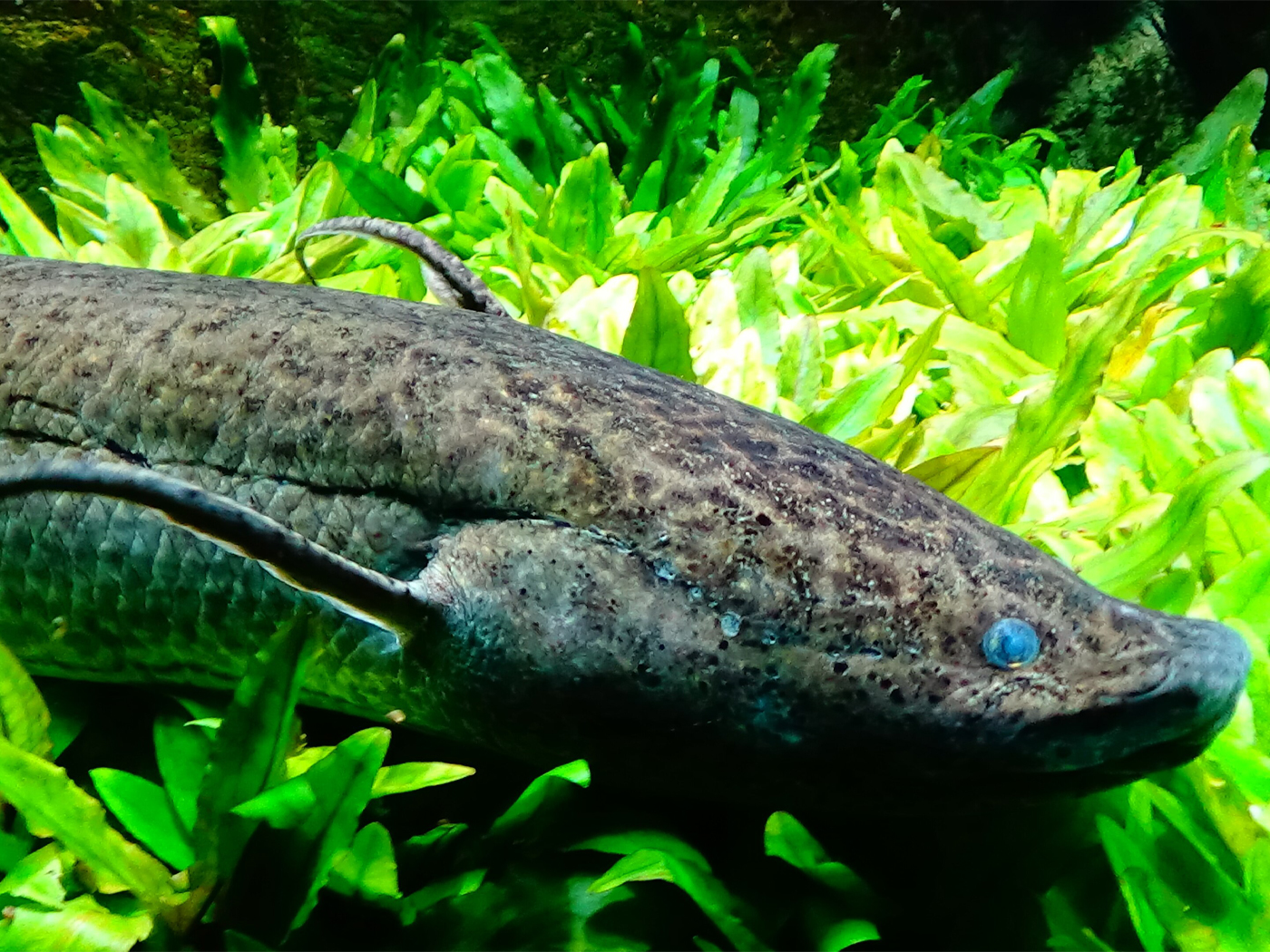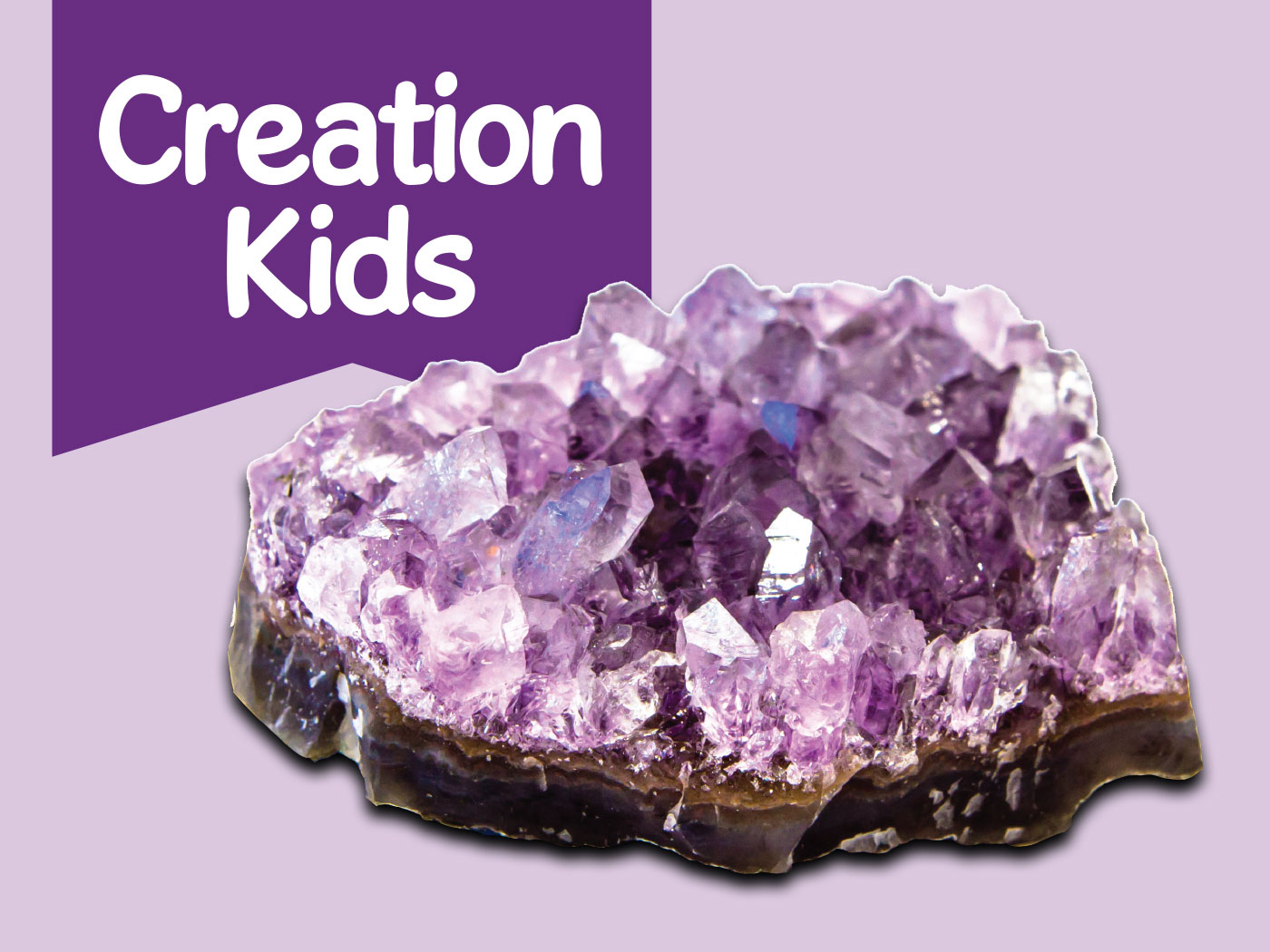by Frank Sherwin, M.A., & Brian Thomas, M.S. *
When biologists found hybrid sharks in Australian waters, lead researcher Jess Morgan told Discovery News, “This is evolution in action.”1
What did he mean by “evolution”? A University of Queensland news release and other articles about the sharks used words such as “adapt” and “hybridization” to describe the changes they saw.2 But these refer to mere variations of already existing features and have nothing to do with vertical evolution.
If “shark evolution” actually means “shark variation”—where interbreeding sharks can develop either larger or smaller bodies, for example—then the observations can fit either the creation or the evolution model. But what if it means that sharks evolved from non-sharks? Those who believe that story will have a difficult time believing the Bible, since the Bible does not allow for the millions of years that nature would supposedly need to build a shark from some other fish.
Evolutionists have written just such a story. Their tale begins with a curious group of fish called the Acanthodians, which was supposedly the shark’s evolutionary ancestor. But one fish expert very recently noted:
Acanthodians remain as one of the most enigmatic of all ancient fish groups, about which we have the least amount of anatomical knowledge and few real clues to their affinities with other types of fishes.3
Perhaps there is an advantage in claiming that sharks evolved from fish with such a little-known anatomy, since it would make any evolutionary story more difficult to refute. In other words, because of the lack of information about Acanthodians, the claim that these fish gave rise to sharks is an argument from the absence of evidence.
And the remaining chapters of the shark evolution story are even murkier. Two evolutionists stated the Selachii (the order containing the modern sharks) “appeared in the Jurassic.”4 Appearing in the fossil record as complete and fully formed creatures is the hallmark of creation, not evolution.
Vertebrate fossil expert Edwin Colbert wrote in 2001 that cartilaginous and bony fishes “appeared in the late Silurian period [rock layers with marine fossils deposited early in the Flood year], and it is possible that they may have originated at some earlier time, although there is no fossil evidence to prove this.”5
But newer fossil evidence has shown differently. Paleontologists described fully formed bony fish fossils from lower Cambrian rock layers in China, considered by evolutionists to have been deposited 100 million years before Silurian rocks.6 A majority of Flood geologists consider Cambrian rocks to have been the very first Flood deposits in most locations.
In their shifting attempts to squeeze sharks into the slippery story of fish evolution, evolutionists now wonder if bony fish may have evolved before cartilaginous fish—those with skeletons made of cartilage, like sharks—instead of the other way around. Evolutionist J. A. Long wrote in 2011:
The origin of sharks is still shrouded in mystery. Some scientists regard sharks as the most primitive of all the jawed fishes, whereas others see them as highly specialized forms that did not require the complex bony ossifications [bone formation] of other fish groups.7
Thus, sharks are either highly specialized products of eons of evolution, or they are very primitive forms that gave rise to most other fish after eons of evolution. Such is the vague and fluid nature of evolutionary storytelling.8
All the Australian sharks were “black tip” sharks and all of them already had fins.9 But evolution demands that sharks came from some finless ancestor. Colbert admitted that “the origin of paired appendages such as the fins of modern fishes is an unsolved problem.”10
And what about shark teeth? They are anchored deep in the skin, not the bone as in other fish. And shark teeth migrate from inside the mouth to the mouth’s edge, like rows of escalators, not erupting from directly below, as other fish’s teeth do.
The past few years have witnessed a remarkable flurry of research on the origin or origins of vertebrate [animals with bone or cartilage skeletons] teeth. While this work is progressing, the details of when, where, why, and how teeth first appeared still elude consensus.11
Evolutionists are mystified as to the origin of sharks (as well as all other animal groups) and their associated structures.12 The fossils do not clearly tell a single chapter of any version of shark evolution. But what about these Australian hybrid sharks? Do they really show evolution in action?
To begin with, these are not only sharks, but blacktip sharks of the same genus: Carcharhinus. They include the Australian blacktip shark (Carcharhinus tilstoni) and the common blacktip shark (Carcharhinus limbatus).
Hybridization generally refers to interbreeding between genetically dissimilar parents or between members of two differently named organisms. The hybridized sharks represent a blend of pre-existing traits from two 100-percent blacktip sharks. They show no new and useful genetic information that one would expect vertical “shark evolution” to produce—and no new physical structures like fins or eyes. The researchers described the hybrid sharks as having portions of both named species’ DNA, so although some pre-existing information was mixed and matched, new and useful information was not added.13
Hybridization is quite consistent with the Creator’s proclamation in Genesis 1:20-22 that sea creatures are to reproduce according to their kinds. Hybridization has always been observed within kinds—like between polar and grizzly bears (genus Ursus) or between lions and tigers (genus Panthera)—but never between kinds.
Adaptations are “features and functions that suit an organism for its role in its environment.”14 Would God have created animals with the potential to adjust certain aspects of their features in between generations? It stands to reason that He would have equipped animals to obey His Genesis command to multiply and fill the earth’s ever-changing environments. The originally created shark kind would have had the potential to produce specific variations in future generations. Those first sharks differentiated into the species seen today.
Hammerhead sharks illustrate the kinds of coordinated adjustments to pre-existing features that a Genesis understanding would expect. If both the “hammer” head and the front fins grew larger at the same time, then their combined hydrofoil effect would lift the shark’s front end so that it would always swim in backward somersaults! But those sharks with larger “hammers” have smaller pectoral fins, and vice versa. This way, the total lift is always balanced.15 Thus, designed specific variations on the general hammerhead shark theme have better enabled some to cruise at certain depths and others to more easily scour ocean floors.
Darwinists would agree with creationists that Carcharhinus species are all genetically similar and that an ancestral form produced the C. tilstoni and C. limbatus species, probably through gene segregation. According to traditional Darwinian evolution, species change happens very slowly over long periods of time. But the earth history of just thousands of years provided by sure and unchanging eyewitness accounts in Scripture is far more reliable than ever-changing evolutionary storytelling. In this case, the fact that the Australian sharks were able to produce a hybrid in only one generation easily fits the Bible’s timeframe.
Based on the idea that God created basic but adaptable kinds, Australian researcher John MacKay predicted that “the more scientists study sharks (and fish in general) the more examples of ‘hybridisation’ they will find between fish that have previously been classified as different species, but are really part of the same kind.”16
In summary, shark hybridization and adaptation show absolutely no evidence of shark evolution from non-sharks. Instead, the sharks demonstrated just the kind of rapid changes that creation biologists expect. Also, fossil sharks are found in rock layers at great depth, yet they look virtually the same as living sharks. Shark fossils give no hint of any evolutionary origin, but show just the kind of well-fitted and perfected design that anyone who takes Genesis seriously would expect to find.
References
- Coopes, A. First Hybrid Shark Found. Discovery News. Posted on news.discovery.com January 3, 2012, accessed January 17, 2012.
- World-first discovery of hybrid sharks off Australia’s east coast. University of Queensland news release, accessed January 5, 2012.
- Long, J. 2011. The Rise of Fossil Fishes. Baltimore, MD: The Johns Hopkins University Press, 119.
- Thain, M. and M. Hickman. 2004. The Penguin Dictionary of Biology, 11th ed. London: Penguin Books Ltd., 642.
- Colbert, E. H., M. Morales and E.C. Minkoff. 2001. Colbert’s Evolution of the Vertebrates, 5th ed. New York: Wiley-Liss, Inc., 53.
- Stokstad, E. 2001. Exquisite Chinese Fossils Add New Pages to Book of Life. Science. 291 (5502): 232-236.
- Long, Rise of Fossil Fishes, 95.
- Sherwin, F. 2010. Darwinism’s Rubber Ruler. Acts & Facts. 39 (2): 17.
- Sherwin, F. 2009. Sharks Remain Sharks. Acts & Facts. 38 (8): 16. (See also Morris, J. and F. Sherwin. 2010. The Fossil Record. Dallas, TX: Institute for Creation Research, 134-40.)
- Colbert, Evolution of the Vertebrates, 51.
- Ungar, P. 2010. Mammal Teeth. Baltimore, MD: The Johns Hopkins University Press, 73.
- Donoghue, P. C. J. 2007. Paleontology: Embryonic identity crisis. Nature. 445 (7124): 155.
- Morgan, J. A.T. et al. Detection of interspecies hybridisation in Chondrichthyes: hybrids and hybrid offspring between Australian (Carcharhinus tilstoni) and common (C. limbatus) blacktip shark found in an Australian fishery. Conservation Genetics. Published online December 17, 2011.
- Parker, G. 2006. Creation: Facts of Life. Green Forest, AR: Master Books, 94.
- Thomas, B. Shark Study Hammers More Nails in Evolution’s Coffin. ICR News. Posted on icr.org June 15, 2010, accessed January 17, 2012.
- MacKay, J. First Hybrid Sharks Found. Evidence News. Creation Research. Posted on evidenceweb.net February 2, 2012.
* Mr. Sherwin is Research Associate, Senior Lecturer, and Science Writer, and Mr. Thomas is Science Writer at the Institute for Creation Research.
Cite this article: Sherwin, F. and B. Thomas. 2012. Hybrid Sharks and Evolutionary Storytelling. Acts & Facts. 41 (3): 16-17.














